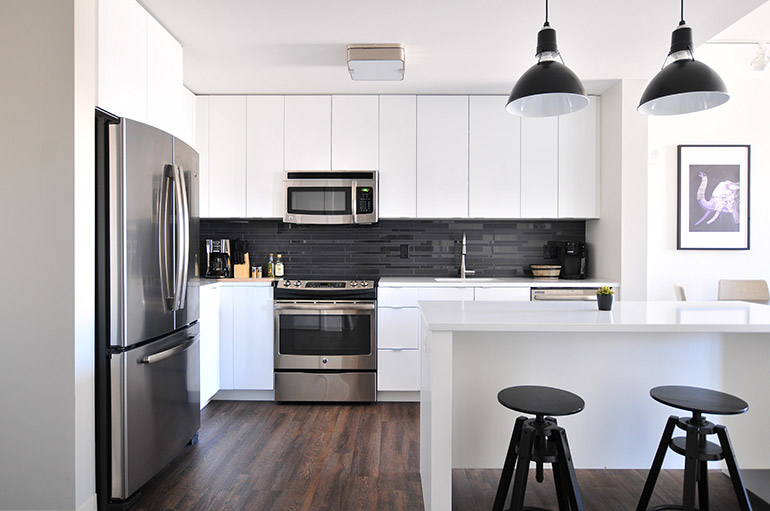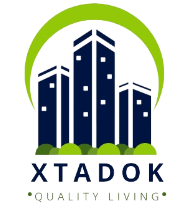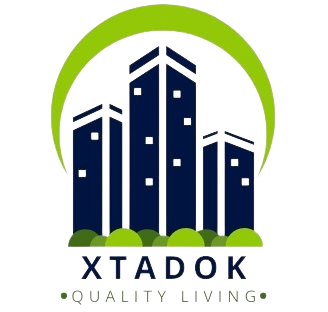Nigeria’s property development landscape is undergoing a remarkable transformation, moving beyond the conventional skyscrapers to embrace a diverse array of architectural styles. As the nation’s urban centers expand and evolve, architects and developers are reimagining the built environment with innovative designs that reflect Nigeria’s rich cultural heritage and respond to the challenges of the 21st century.
Fusion of Traditional and Contemporary Elements
Nigeria’s architectural journey celebrates a harmonious blend of traditional and contemporary styles. From modern high-rises adorned with traditional motifs to cultural centers incorporating eco-friendly design principles, architects are creatively fusing the old with the new. This fusion not only pays homage to Nigeria’s cultural roots but also creates structures that stand as bold symbols of the nation’s identity.
Sustainable and Green Designs
As sustainability gains global significance, Nigerian property development is embracing green architecture with enthusiasm. Buildings designed with energy-efficient materials, passive cooling techniques, and renewable energy systems are becoming increasingly common. These sustainable designs not only reduce the environmental impact but also prioritize the well-being of occupants and contribute to Nigeria’s sustainable development goals.
Vernacular Architecture in Rural Settings
While urban areas witness soaring skyscrapers, vernacular architecture is thriving in rural settings. Traditional mud huts, bamboo houses, and thatched roof structures continue to be cherished for their simplicity, affordability, and eco-friendliness. Contemporary architects are reinterpreting these traditional building techniques, creating modern adaptations that preserve local culture while addressing contemporary needs.
Iconic Landmarks Reflecting Nigerian Identity
As Nigerian cities aim to make their mark on the global stage, iconic landmarks are emerging as showcases of the country’s architectural prowess. Grand cultural centers, futuristic museums, and world-class sports stadiums are being designed to host international events and foster national pride. These landmark structures symbolize Nigeria’s progress and aspirations while enhancing the urban landscape.

Eco-Urbanism and Mixed-Use Developments
Eco-urbanism is reshaping cityscapes by promoting mixed-use developments that incorporate residential, commercial, and recreational spaces within the same project. This approach fosters walkable communities, reduces congestion, and promotes a vibrant urban lifestyle. It also optimizes land use and infrastructure, making it a sustainable solution for Nigeria’s growing urban population.
Conclusion
The ever-evolving architectural styles in Nigerian property development embody the nation’s progress, cultural heritage, and sustainable vision. Beyond the towering skyscrapers, architects are exploring diverse design possibilities that reflect the needs and aspirations of Nigeria’s people. From vernacular architecture in rural landscapes to cutting-edge green buildings in urban centers, the diverse architectural styles in Nigeria are a testament to the country’s creative spirit and commitment to building a bright and inclusive future. As the nation continues to grow and evolve, these architectural masterpieces will stand as enduring symbols of Nigeria’s journey towards a better and more sustainable tomorrow.




